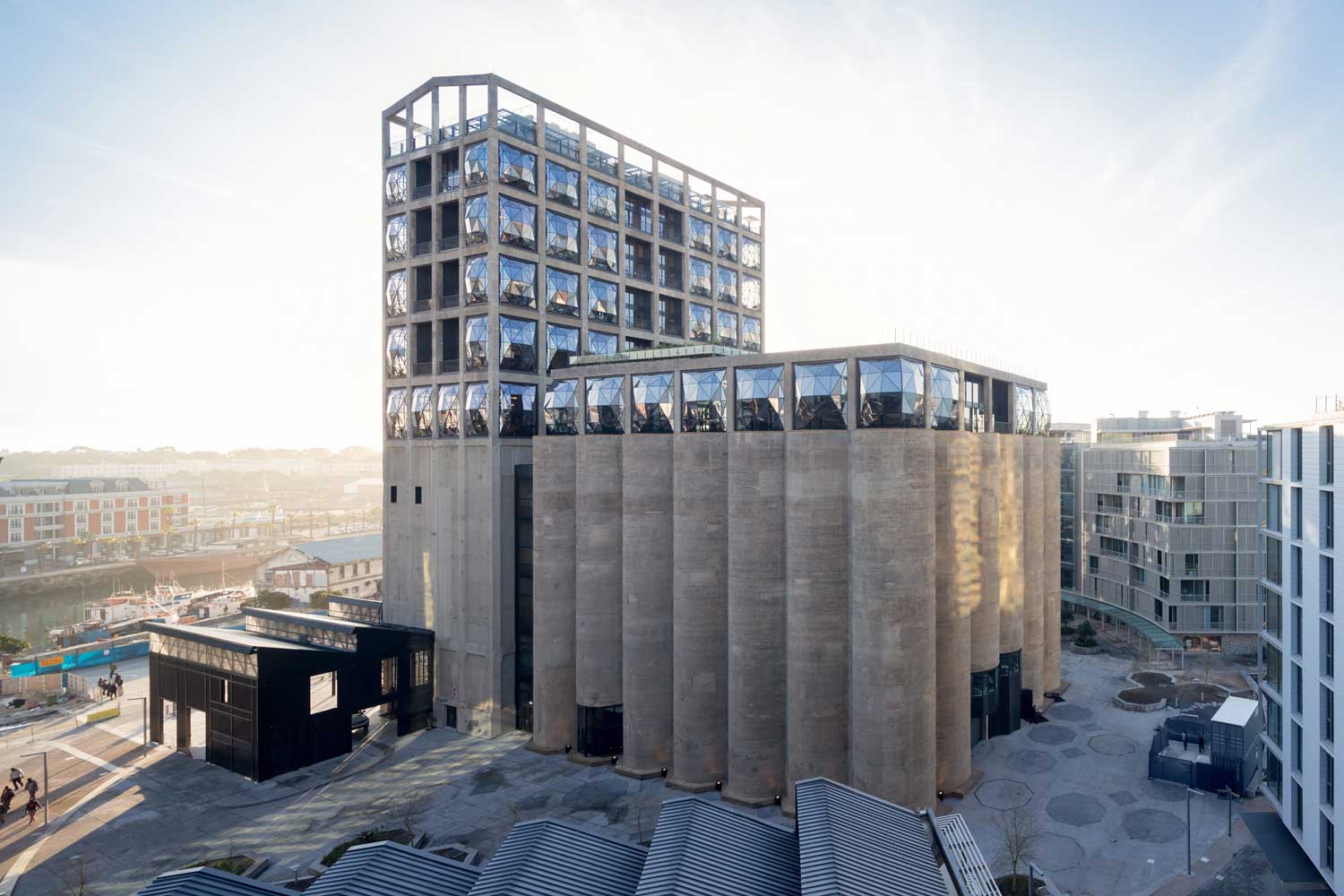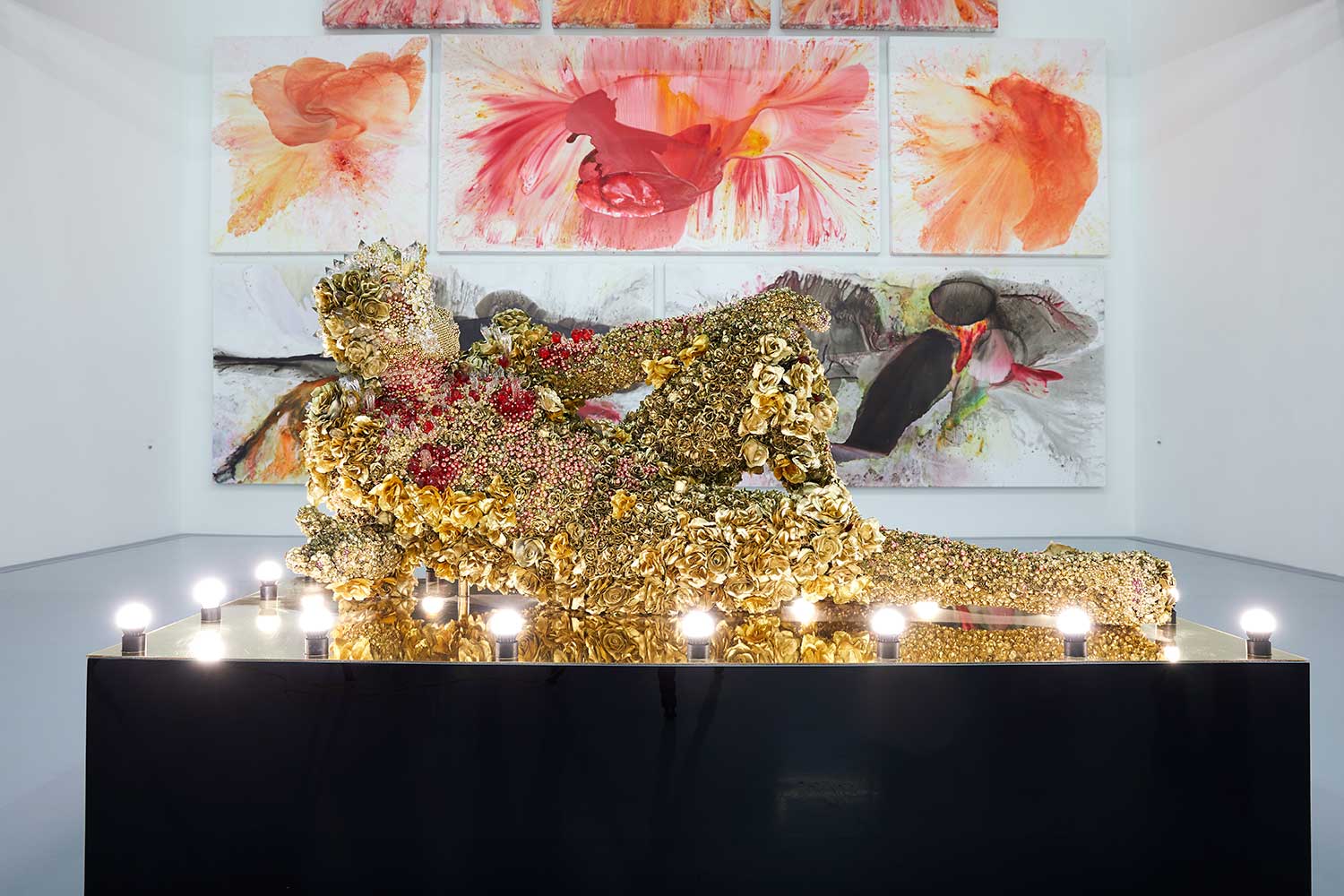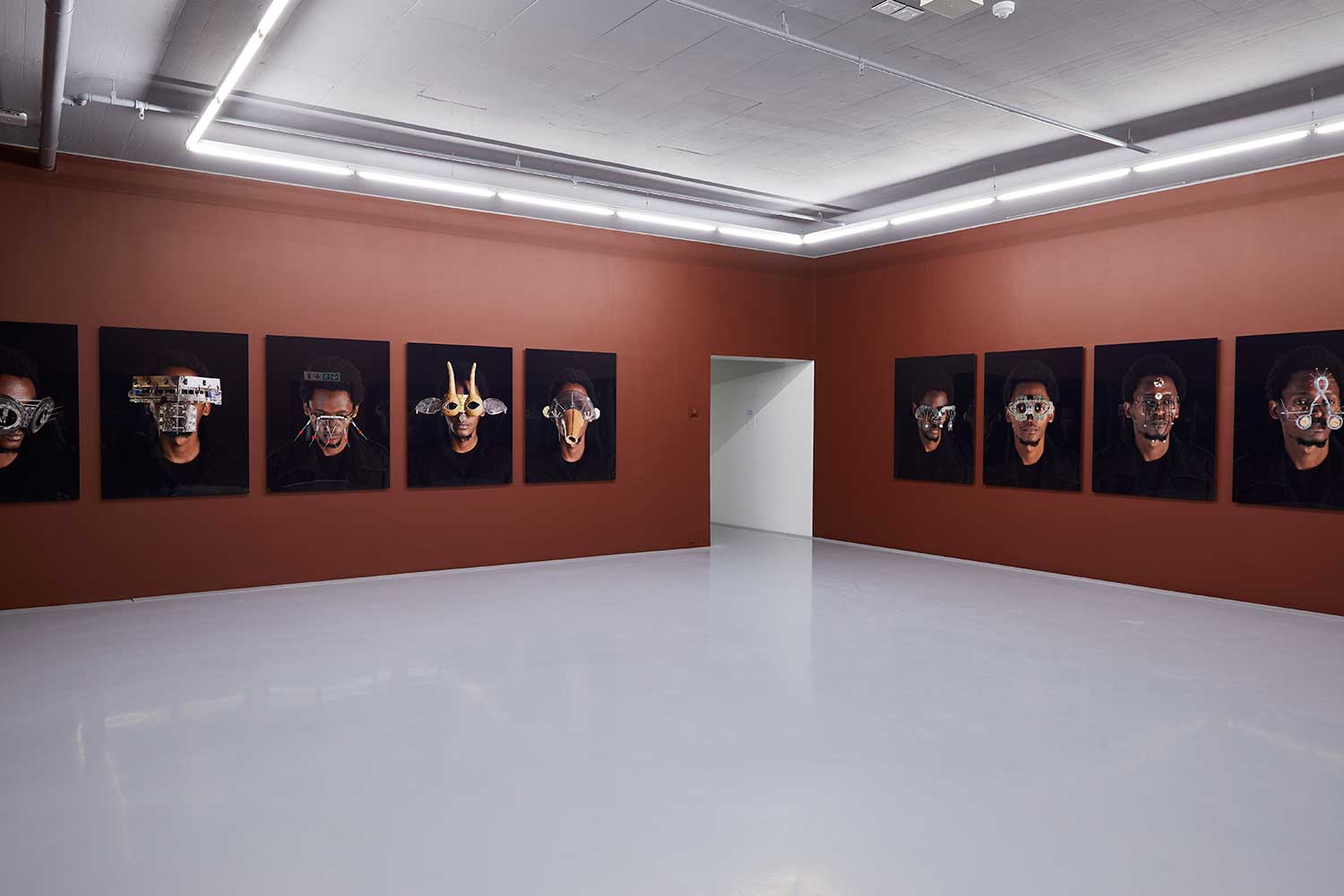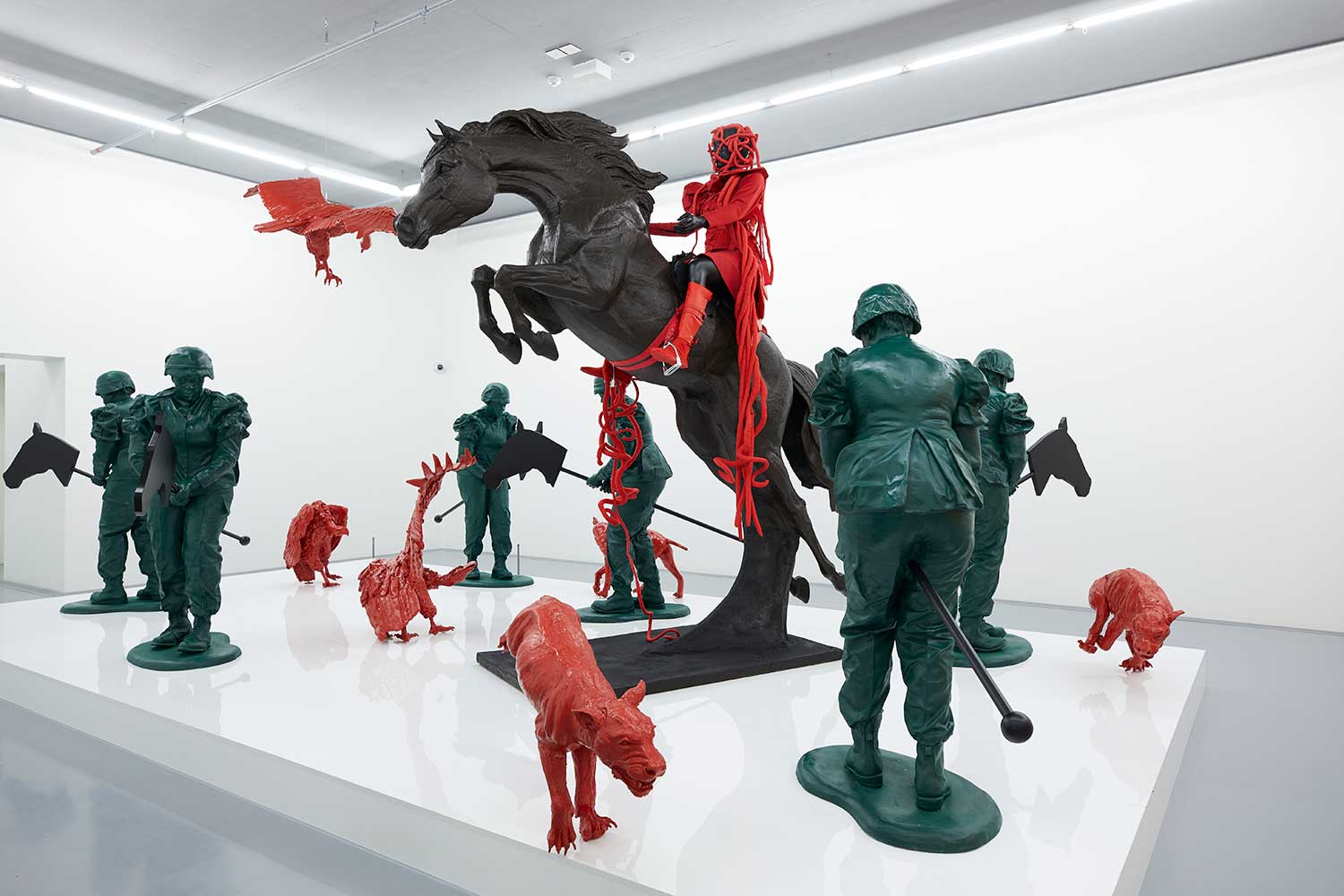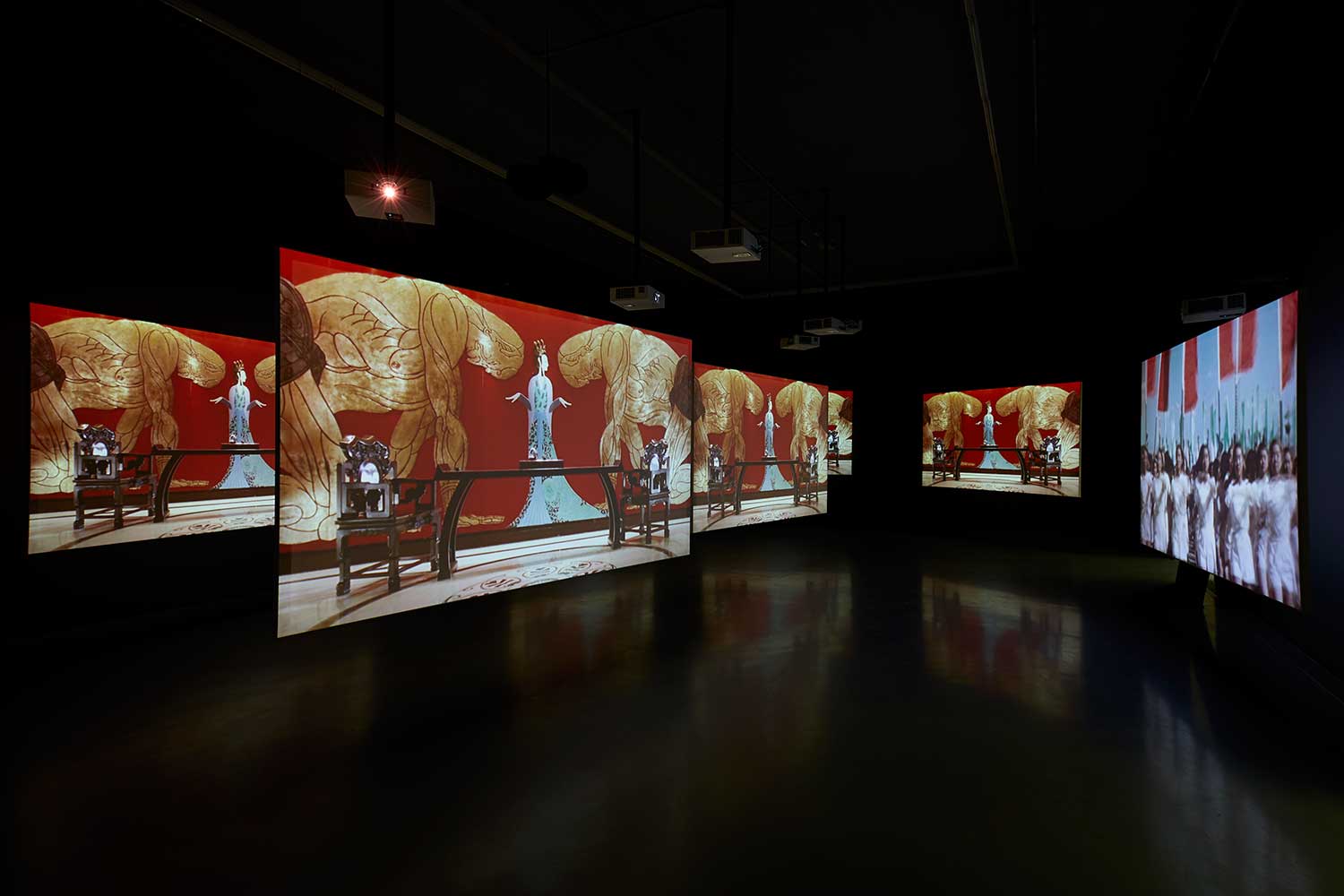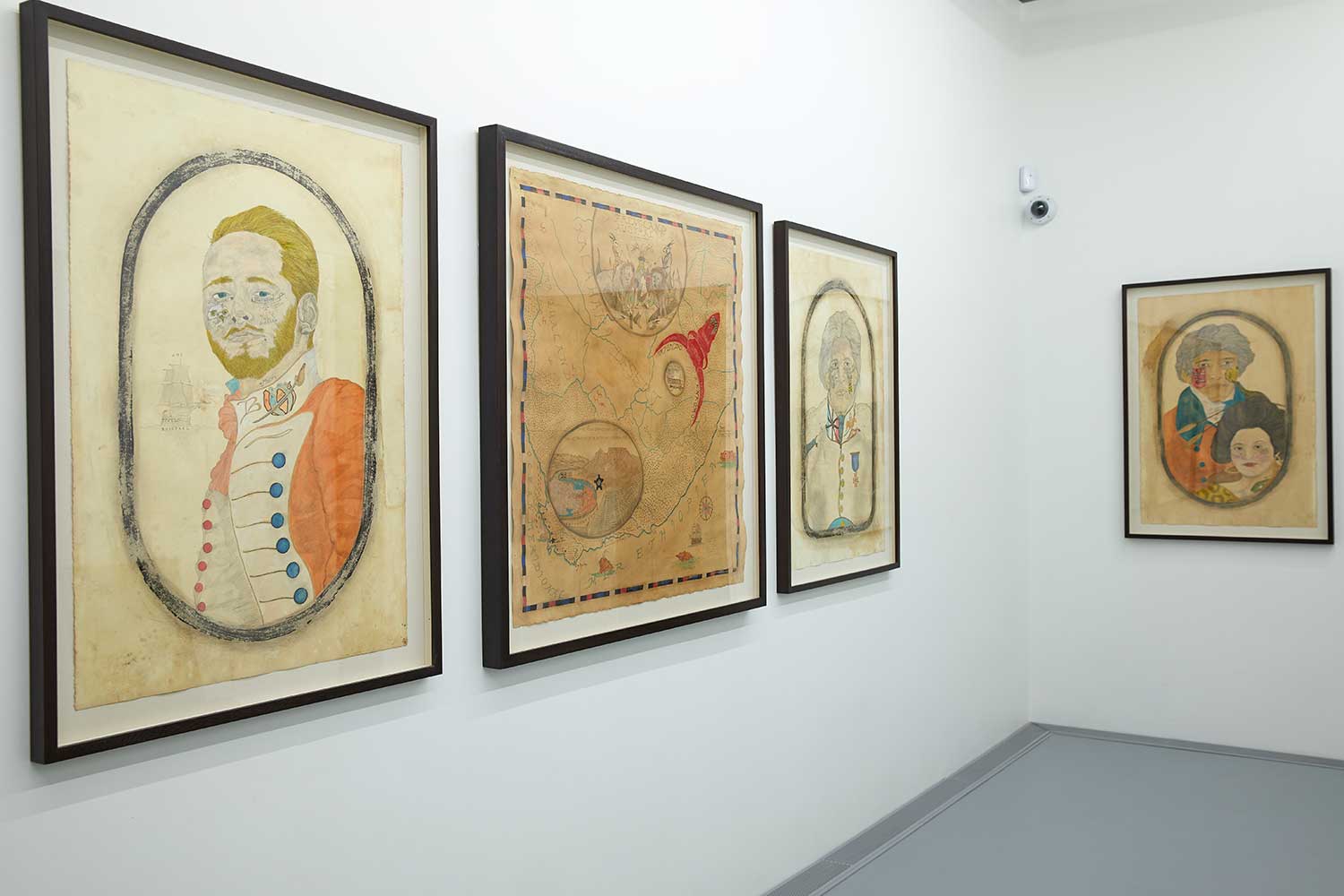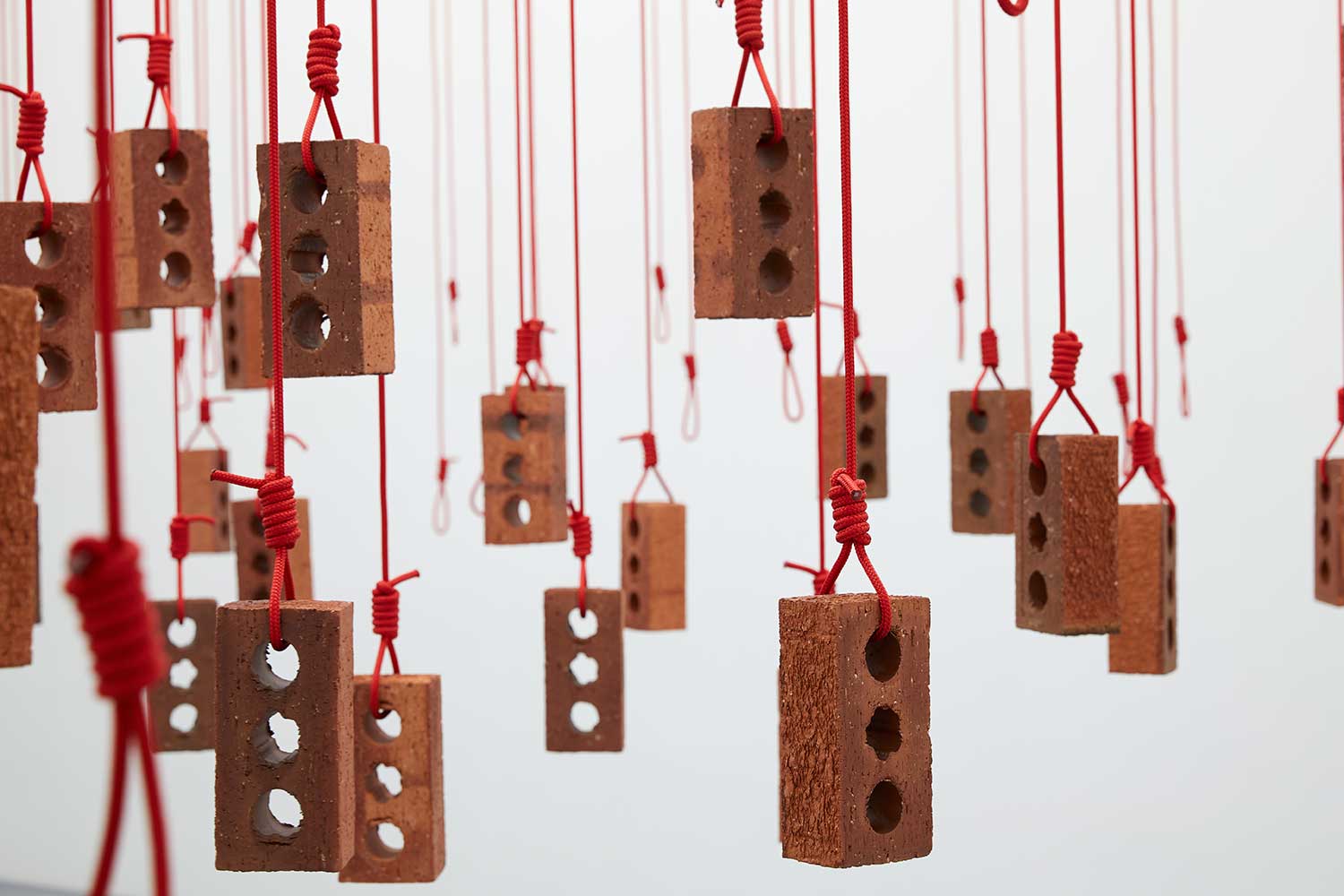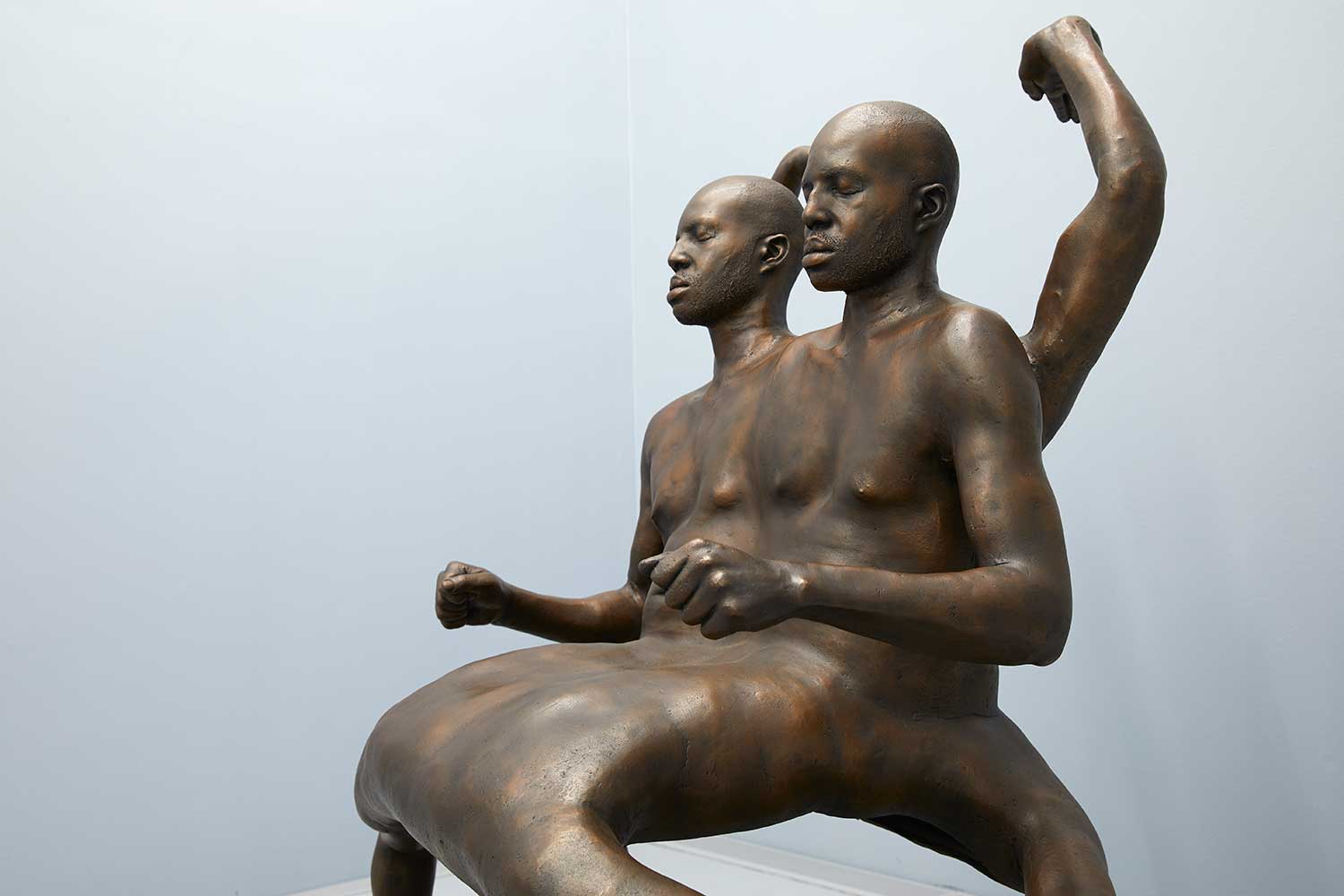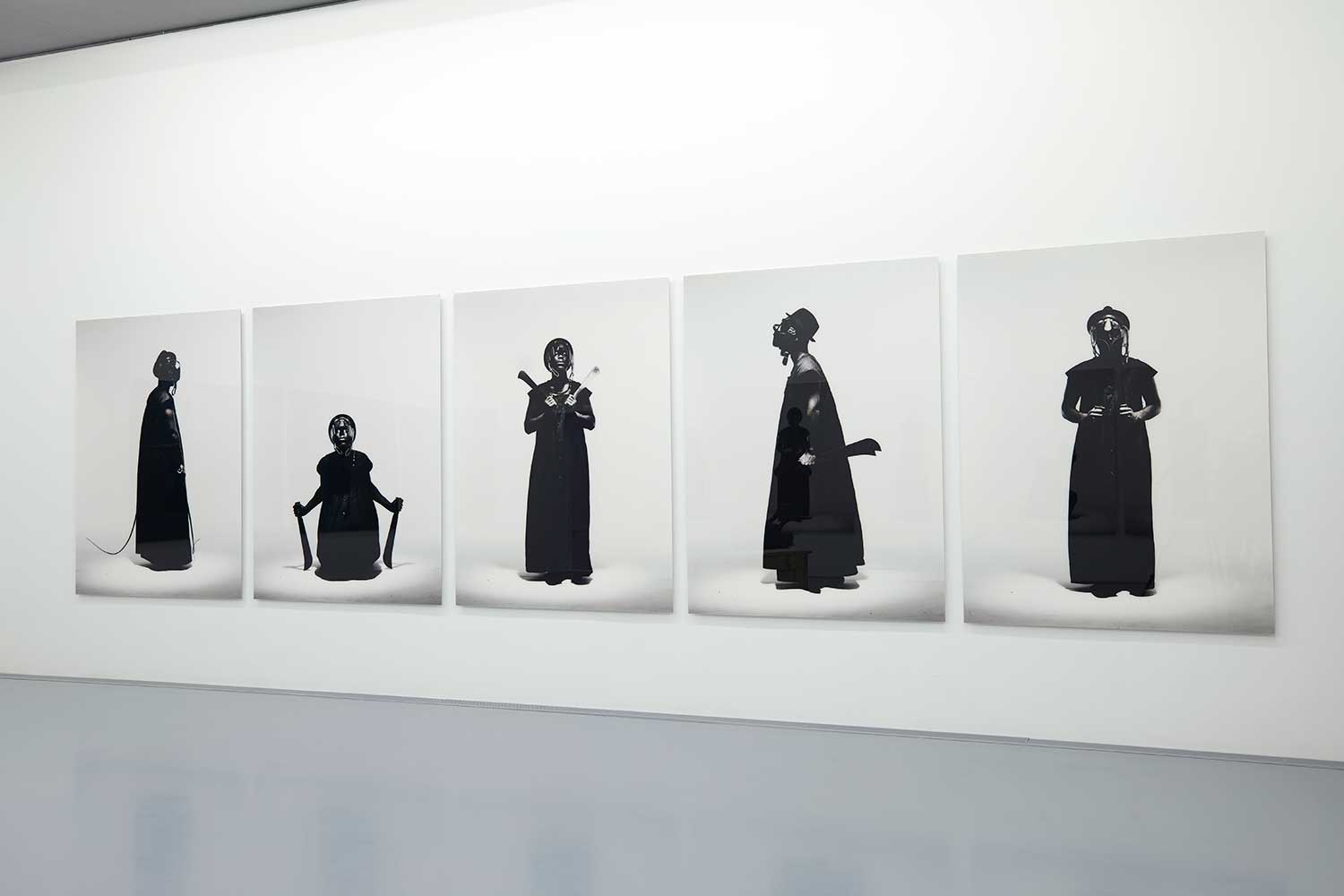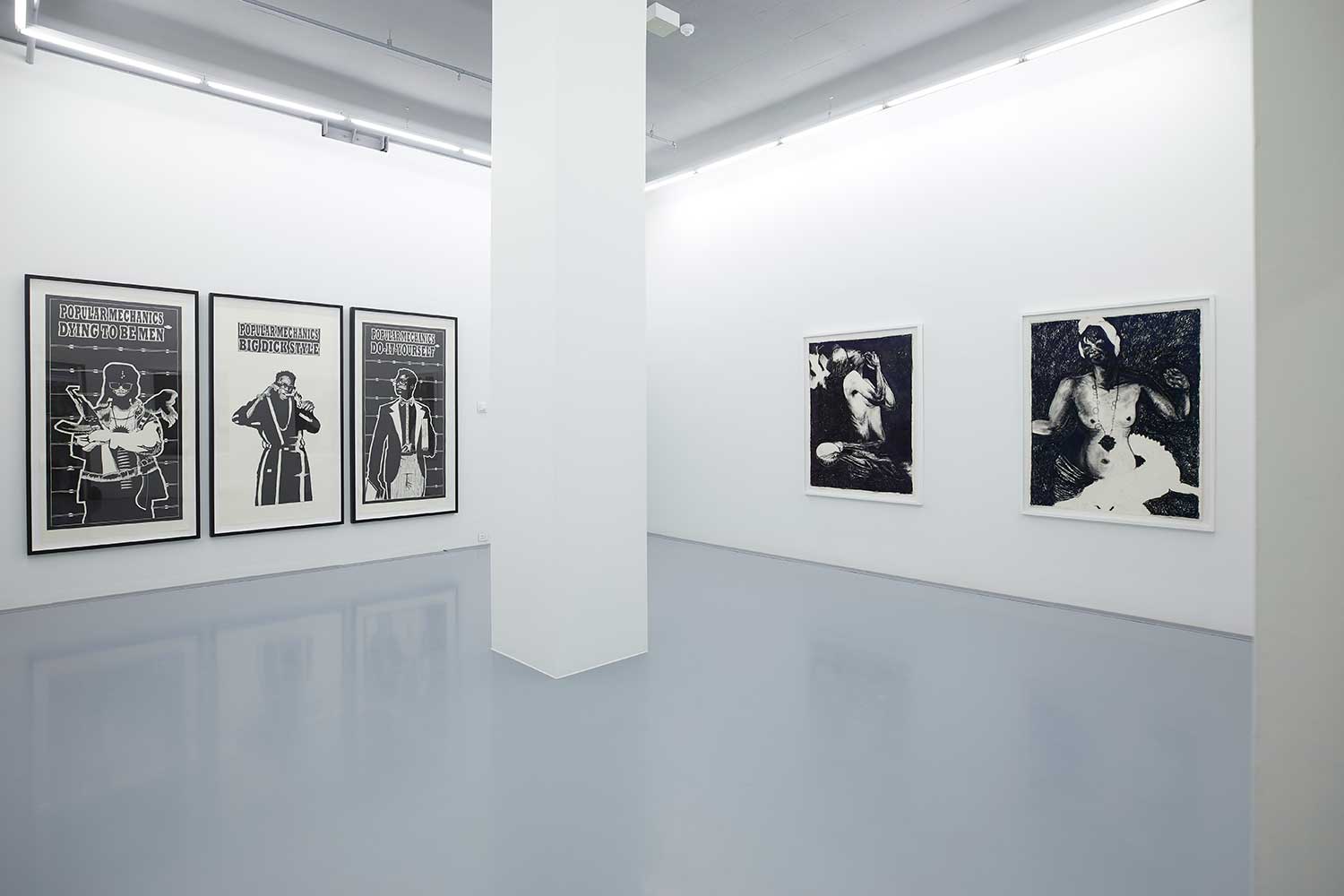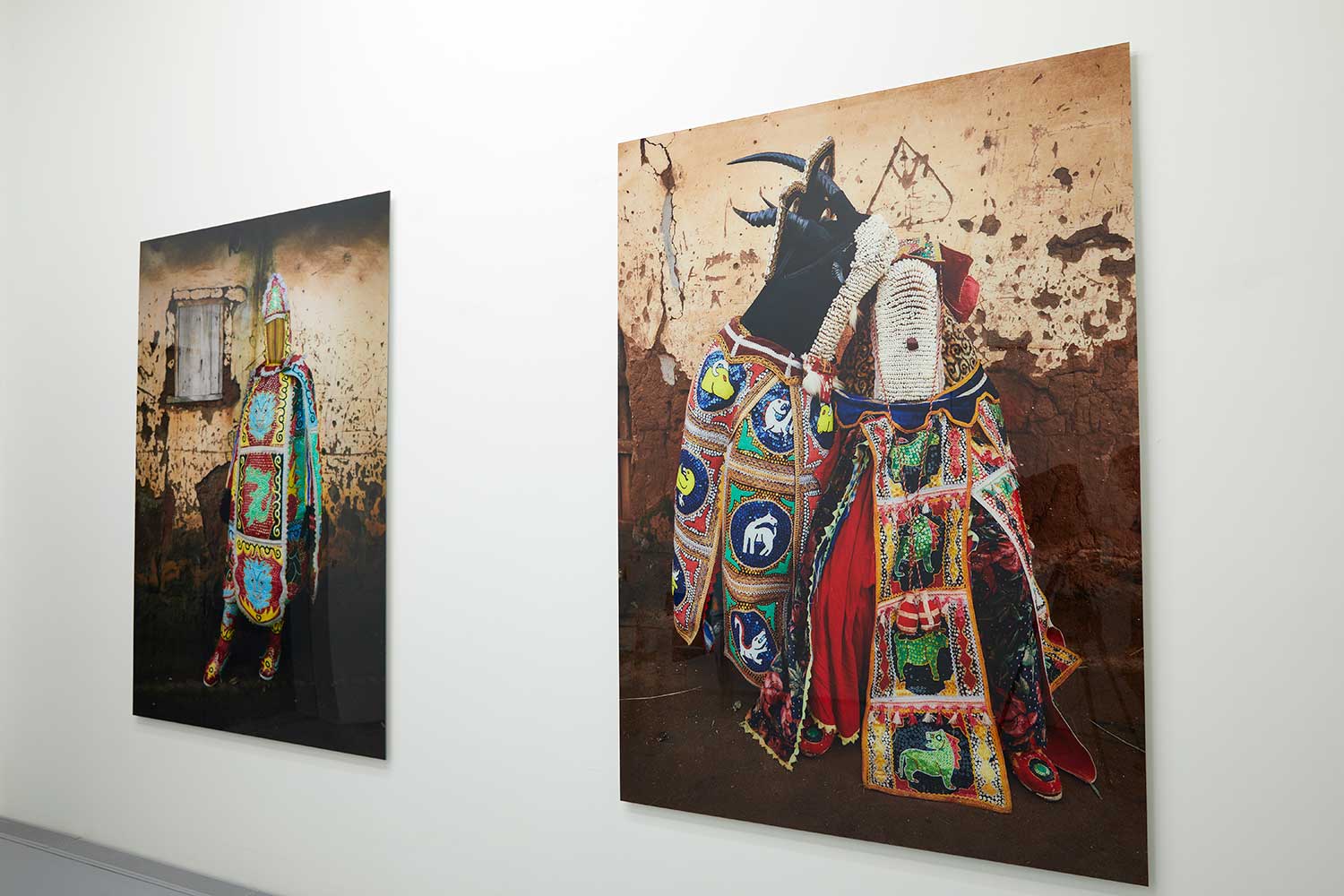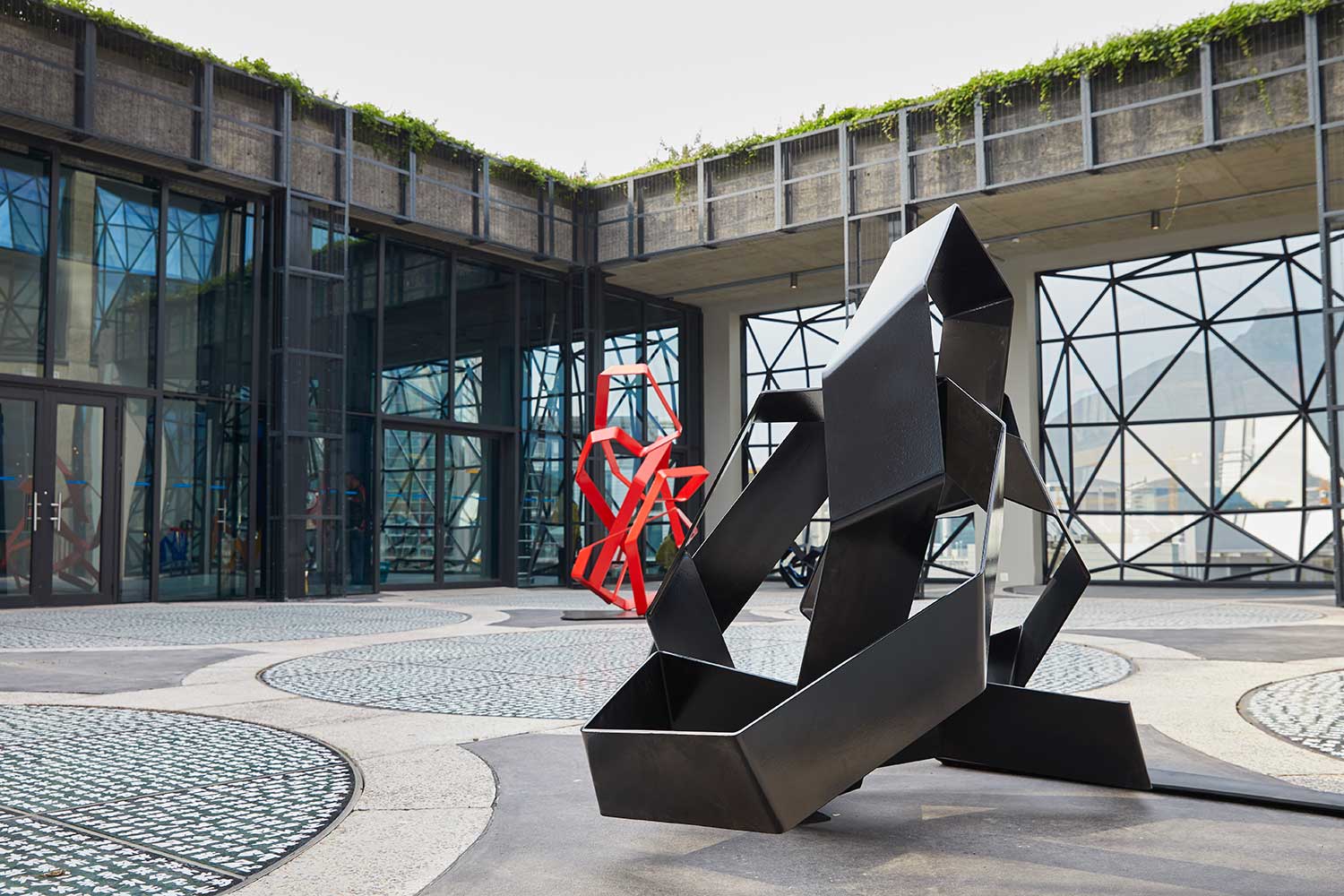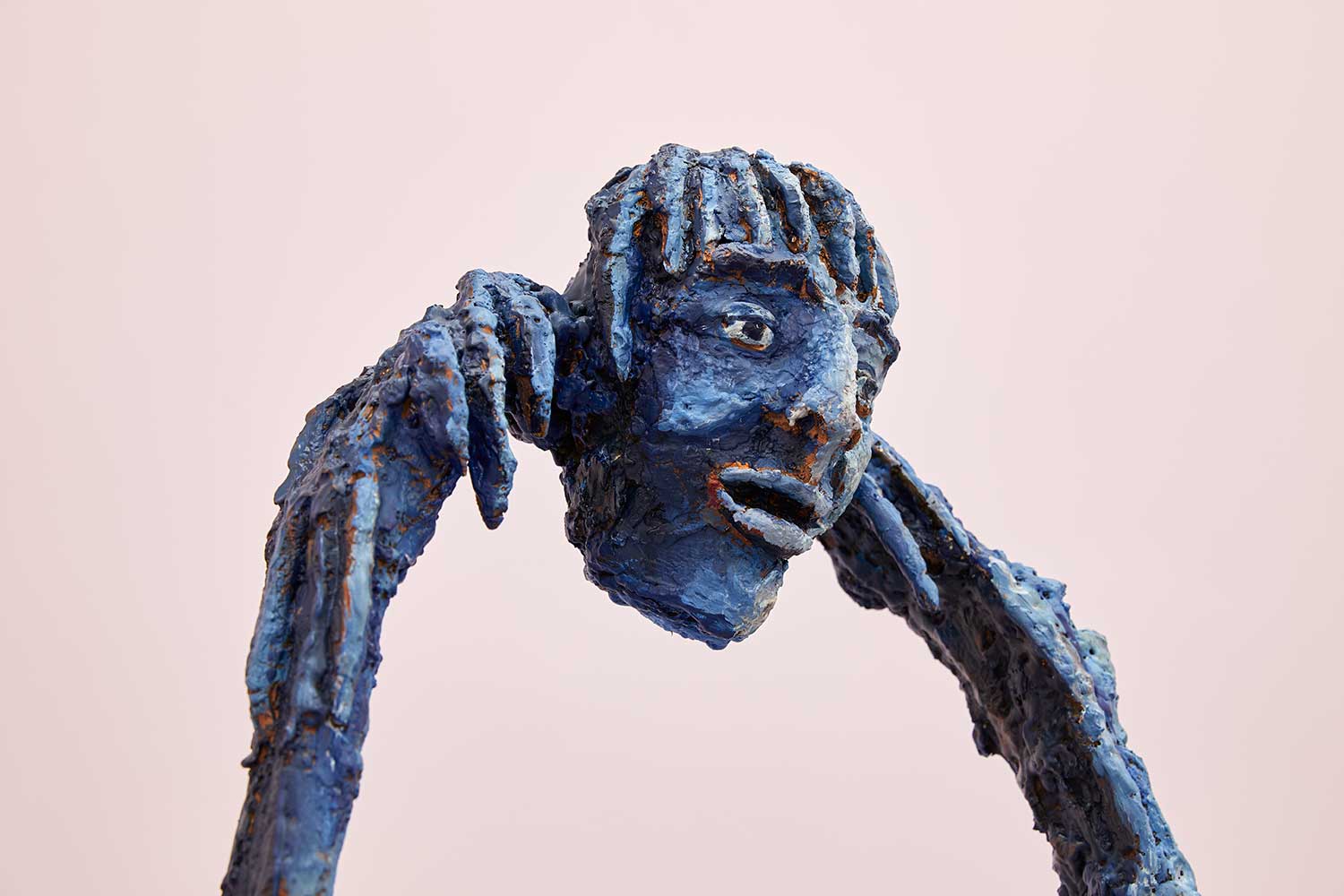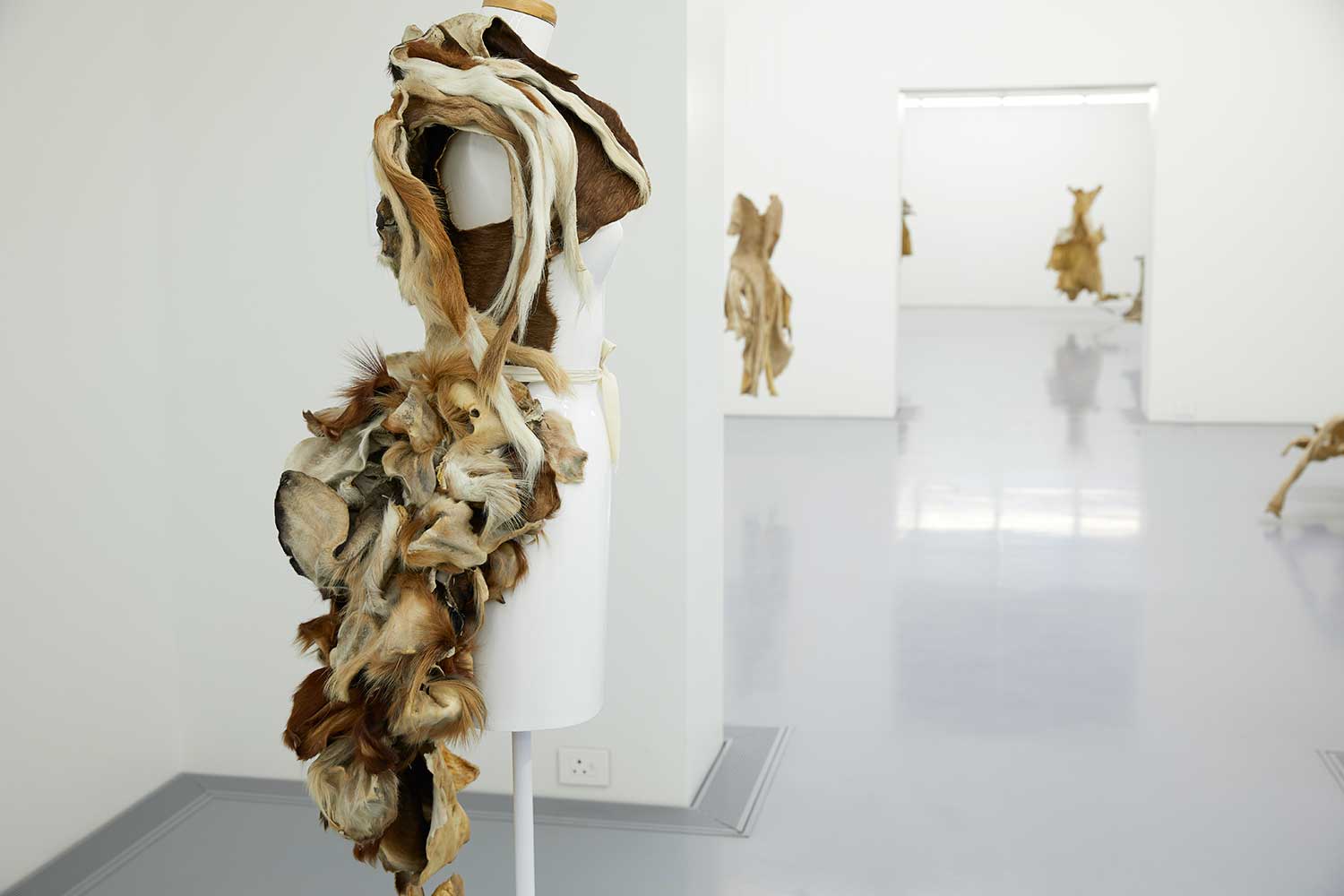BELIEVE YOUR EARS: ZEITZ MUSEUM OF CONTEMPORARY ART AFRICA IS OPEN
Cape Town has been wooing visitors with its extraordinary beaches and glamorous wine farms for years, but today it added another string to its bow when it opened the doors to one of the most influential art institutions in the world. The 100,000-square-foot Zeitz Museum of Contemporary Art Africa is the biggest public art space to launch on the continent for more than a century – and, costing a cool R500 million, it looks set to change the contemporary art market as we know it.
Designed by acclaimed British architect Thomas Heatherwick, the museum sits on the V&A Waterfront in the historic Grain Silo Complex. This vast building is made up of 42 vertical concrete tubes, dates back to 1924 and was the tallest building in South Africa for most of the last century. Heatherwick first saw it nearly two decades ago on a trip to Cape Town and never forgot its unusual structure.
Swiss businessman Jochen Zeitz, meanwhile, had been looking for a space to house his world-class collection of contemporary African art. The former CEO of Puma is an avid collector of paintings, sculptures and installations from the continent and was determined to display them somewhere on home turf.
“While I was at Puma, we became sponsors of an exhibition that showcased the work of African-American artists”, he says. “It was through this that I met [South African curator] Mark Coetzee and we refocused and reshaped my collection towards Africa with a museum in mind. This was because we both believed the need existed for a substantial cultural institution on the continent.”
Zeitz and Coetzee looked at sites in Nairobi and Johannesburg, but when the Waterfront contacted them suggesting a collaboration, they finally found a building as spectacular as the collection itself.
“The Silo is an extraordinary structure and as soon as we walked into that first meeting, we knew we had the perfect fit. But, on top of that, I do believe Cape Town is the right place for this museum”, says Coetzee, the executive director and chief curator of Zeitz MOCAA.
“It is a place of incredible natural beauty. We live in the middle of a national park, after all, and that aspect of travelling here will never go away. But we attract sophisticated international visitors and the next natural step is to share our culture – we need to offer people a richer, more diverse experience that is not just about beaches and parties, but also about fine art and heritage.”
Focusing on work from Africa and the diaspora after the year 2000, Zeitz MOCAA is the world’s first institution to exclusively document modern life on the continent. With six floors of exhibition space, an education centre open to all young visitors and a vast central atrium designed in the shape of a grain leaf, the museum will rival London’s Tate Modern in size. To fill this daunting amount of wall space, Zeitz will lend the museum his considerable collection of art while the team works to build a permanent collection of their own.
“For a long time, the history of visual arts in Africa was written elsewhere”, says Coetzee. “But we felt Africa should write its own history, because however problematic it is, it’s still our history. Also, because museums in Africa don’t have the fiscal advantages of international institutions, many of our most important artworks are displayed overseas, and we felt very strongly that some of the objects on the continent should be preserved so that the African people could have access to their own heritage.”
This week saw the launch party of Zeitz MOCAA, which was one of the most glamorous events to hit Cape Town in recent years, with a glittering red carpet filled with the who’s who of South Africa, along with a number of major international art collectors and magazine editors. And it’s no surprise they made the trek down to the tip of the continent.
“If you’re interested in art, this is an extraordinary time to visit Africa”, says Coetzee. “Sure, Africa has its political and social issues, but artists thrive on that, and it’s why some of the most amazing art in the world is being made here.”







